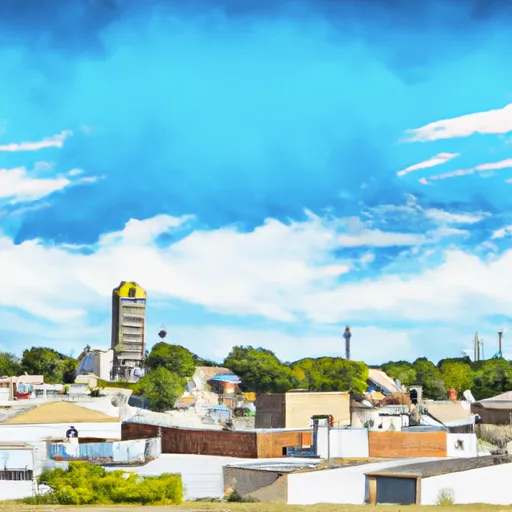°F
°F
mph
Windspeed
%
Humidity











Lakota, Iowa is a small town located in Kossuth County. The town experiences a humid continental climate, characterized by warm summers and cold winters. Average temperatures range from the upper 20s°F in winter to the mid-80s°F in summer, with precipitation fairly evenly distributed throughout the year.
Hydrologically, Lakota is situated near the banks of the East Fork of the Des Moines River, which flows through the county. This provides residents and visitors with opportunities for fishing, boating, and canoeing. The river's scenic banks and surrounding forests also offer a chance for nature enthusiasts to spot various bird species and wildlife.
Furthermore, Lakota is surrounded by picturesque farmland, making it an ideal location for outdoor recreational activities such as hiking, biking, and picnicking. The area boasts several parks with trails and facilities to cater to these activities. Additionally, nearby lakes and reservoirs provide opportunities for water-based recreational pursuits, including swimming, kayaking, and water skiing.
In conclusion, Lakota, Iowa offers a pleasant climate, access to a river, and a range of outdoor recreation opportunities, making it an attractive destination for those seeking to enjoy nature and engage in various activities.
Weather Forecast
Lakota receives approximately 811mm of rain per year, with humidity levels near 83% and air temperatures averaging around 8°C. Lakota has a plant hardyness factor of 5, meaning plants and agriculture in this region thrive during a short period during spring and early summer. Most plants will die off during the colder winter months.
Regional Streamflow Levels
205
Cubic Feet Per Second
8
Cubic Feet Per Second
63
Cubic Feet Per Second
8
Cubic Feet Per Second
Nearby Camping
| Camping Area | Reservations | Toilets | Showers |
|---|---|---|---|
| Lum City Park | |||
| Minneopa State Park | |||
| Daly County Park | |||
| Baylor Co Park | |||
| Riverside Park - St Peter | |||
| Pierz Park |



